
Mention Shetland livestock for smallholdings, and most people think of ponies. But these most northerly islands in the UK are also home to a rare breed of cattle, termed "kye" in the local Shetland dialect. These are believed to date back to the Iron Age settlers or earlier, and for centuries provided milk, meat and haulage power on the islands. Commercial agricultural pressures in the 20th century reduced their numbers, with Shetland cattle being listed as "At risk" on the RBST Watchlist. But with increased interest in sustainable agriculture and local heritage, these hardy cattle are making a comeback. Highly adaptable, they are well worth a place on mainland UK smallholdings too.
"We chose Shetland cattle because we wanted to support a rare breed, and to have something Scottish," says Rosemary Champion, who has a ten acre smallholding outside Carnoustie, in Angus.
"We started our Rosedean Shetland herd in 2010, with two heifers down from Shetland -Breeze and Blizzard. We still have Blizzard, she's the herd matriarch, along with three other heifers, all descended from her, and a bull. Each one is different, they're real characters."
AT FIRST GLANCE
In build, Shetland cows are small and stocky, but not a miniature breed like Dexters. "They're not Shetland ponies!" Rosemary exclaims. "Typically, the line of their backs comes up to the top of a five-bar gate, which is a whole lot smaller than your average Charolais or Holstein." In their native islands, the cows weigh about 450kg, but Rosemary has found that on richer pasture, they grow larger. "Our biggest girl is about 700kg, and we had a mature bull who killed out at 625kg deadweight."
Bu hikaye The Country Smallholder dergisinin June 2023 sayısından alınmıştır.
Start your 7-day Magzter GOLD free trial to access thousands of curated premium stories, and 9,000+ magazines and newspapers.
Already a subscriber ? Giriş Yap
Bu hikaye The Country Smallholder dergisinin June 2023 sayısından alınmıştır.
Start your 7-day Magzter GOLD free trial to access thousands of curated premium stories, and 9,000+ magazines and newspapers.
Already a subscriber? Giriş Yap
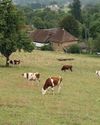
How to Buy a Smallholding in France- Long-time smallholder Lorraine Turnbull looks at the practicalities of moving to rural France
Aspiring smallholders are continually thwarted by the prices of smallholdings and property with land located within the UK. Even the humblest croft in Scotland comes with a substantial price tag and conditions which would make even an adventurous wannabee consider carefully. But all is not lost. For those willing to take the adventure of a lifetime, there is always Europe, and one of the most popular places is France.

Meet the Bournemouth goats and their supporters
These capricious animals are hard workers preserving the natural habitat
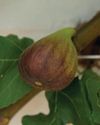
Still warm enough to sit outside with a Pizza
Henrietta Balcon uses fresh figs to create an unusual dish at Harvest time
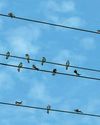
Goodbye to the birds of spring and summer
If you look and listen you might be able to see them preparing to leave says The RSPB
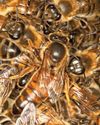
Get ready for the colder weather in the warmth of late summer
Claire Waring advises on doing the best to make sure your colonies survive until next spring
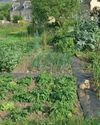
Preparing the Veg Patch for Winter
Lee Senior says, a well-run plot can excitingly continue to produce good quality, tasty, fresh food for much of winter
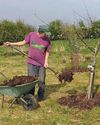
Time to prepare to plant your orchard
Wade Muggleton, smallholder and author of The Orchard Book, shares his practical experience so you can create your own fruit collection
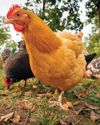
Choosing feed for the autumn
As autumn approaches, Joanna Palmer, nutritionist at the Smallholder Range, offers advice on choosing the right feed to support your adult birds through their annual moult and ensure your young birds grow and finish well at this time of the year.
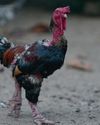
Vet advice from an experienced poultry vet
Reflecting on how much the humble hen has helped people world wide plus advice on stopping the scourge of red mite
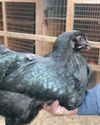
Give your hens some support
Paul Donovan looks at the right and wrong ways of handling birds